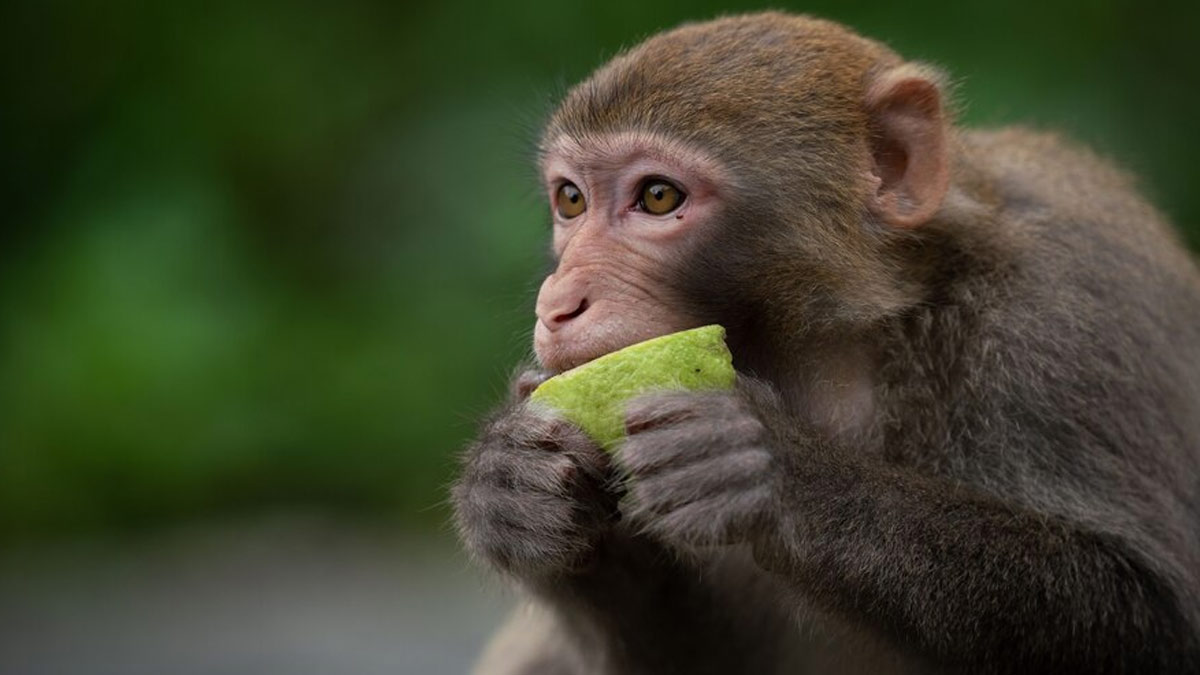
Two people have succumbed to Monkey Fever or Kyasanur Forest Disease (KFD) in Karnataka. The first death was reported on January 8 of an 18-year-old girl. Following these deaths, the state health department has been on high alert as Karnataka registered 49 positive cases of monkey fever so far. The health departments are now holding meetings and reviewing their preparedness to tackle monkey fever’s spread.
Table of Content:-
Kyasanur Forest Disease (KFD), commonly known as monkey fever, is endemic to certain regions, including parts of India. To know more about Monkey fever, the team of OnlyMyHealth spoke to Dr Dilip Gude, Senior Consultant Physician, Yashoda Hospitals, Hyderabad.
Monkey Fever Symptoms
Monkey fever is a vector-borne disease caused by ticks which are usually found on monkeys, shared Dr Gude. “It is a zoonotic disease, which means a disease that is spread to humans because of animal vectors. When a tick bites and transfers the KFD virus from infected monkey to human, the zoonotic transmission occurs,” he added.

Dr Gude said, “Symptoms of monkey fever are wide-ranging. Some of its benign symptoms are fever, body pain, and generalised myalgia or muscle pain. However, these symptoms can even turn extreme” Sharing some extreme symptoms of monkey fever, he listed:
- Haemorrhagic manifestations like nosebleeds and bleeding from the gums.
- Bleeding in the intestine and gastrointestinal system.
- Meningitis, or inflammation in the protective layers surrounding the brain.
Monkey Fever Risk Factors
The Centres for Disease Control and Prevention stated that historically speaking, KFD has been limited to the western and central districts of Karnataka, India. CDC shared these factors that may increase someone’s susceptibility to KFD:
- Geographical Location: KFD is prevalent in specific regions, primarily in the Western Ghats of India. Individuals residing in or visiting these areas are at a higher risk of exposure.
- Occupational Exposure: People engaged in activities that bring them in close contact with forested areas, such as forestry workers and farmers, face an increased risk of tick bites and KFD transmission.
- Seasonal Variability: The incidence of KFD often shows seasonal patterns, with higher transmission rates during the dry season, from November through June, when ticks are more active.
“Nowadays things are changing. We can see monkeys in human dwellings as well, as in urban areas. So the chance of KFD to spread is not limited to the forests in Southern India,” said Dr Gude.
Also Read: Zoonotic Diseases: Can Animals Transmit Infections To Humans, Experts Discuss

Monkey Fever Prevention
“A vaccine has been available since the late 1990s in Karnataka and its forest areas. People who are highly susceptible to monkey fever are given this vaccine. The vaccine is administered in two doses one month apart, followed by a booster after six to nine months,” shared Dr Gude. Beyond the measures he listed, some other precautions you must follow are:
- Protective Clothing: When venturing into tick-prone areas, wear long-sleeved shirts, trousers, and closed shoes to minimise skin exposure.
- Tick Repellents: Apply insect repellents containing DEET on exposed skin to deter tick bites. Clothing treated with permethrin can also be effective.
- Avoidance of Tick Habitat: Stay away from tall grasses and bushes, as these areas are common habitats for ticks. Tuck pants into socks and perform regular tick checks on your body.
Monkey Fever Treatment
Unfortunately, there is no specific antiviral treatment for KFD. “Once you get monkey fever, treatment is largely supportive,” said Dr Gude. He listed the various treatment modalities for monkey fever:
- Some antivirals may help, but the first, most crucial step is to hydrate the patient.
- Once the patient gets a secondary bacterial infection, we need to give antibiotics.
- In benign conditions, patients are usually admitted for two to three days and given plenty of fluids.
- In serious cases, treating monkey fever may even require an ICU stay.
Also Read: Amid Covid-19 Surge Health Ministry Steps Up Fight Against Zoonotic Diseases: What Are They?
Understanding the symptoms, risk factors, and preventive measures associated with Kyasanur Forest Disease is crucial for all of us living in India because Karnataka is one of the most visited tourist spots. By adopting protective measures and raising awareness, not just residents but also tourists visiting these endemic regions can reduce the risk of infection and contribute to the overall control of this vector-borne disease. If you suspect KFD or exhibit symptoms, seek prompt medical attention for proper diagnosis and management.
Also watch this video
How we keep this article up to date:
We work with experts and keep a close eye on the latest in health and wellness. Whenever there is a new research or helpful information, we update our articles with accurate and useful advice.
Current Version